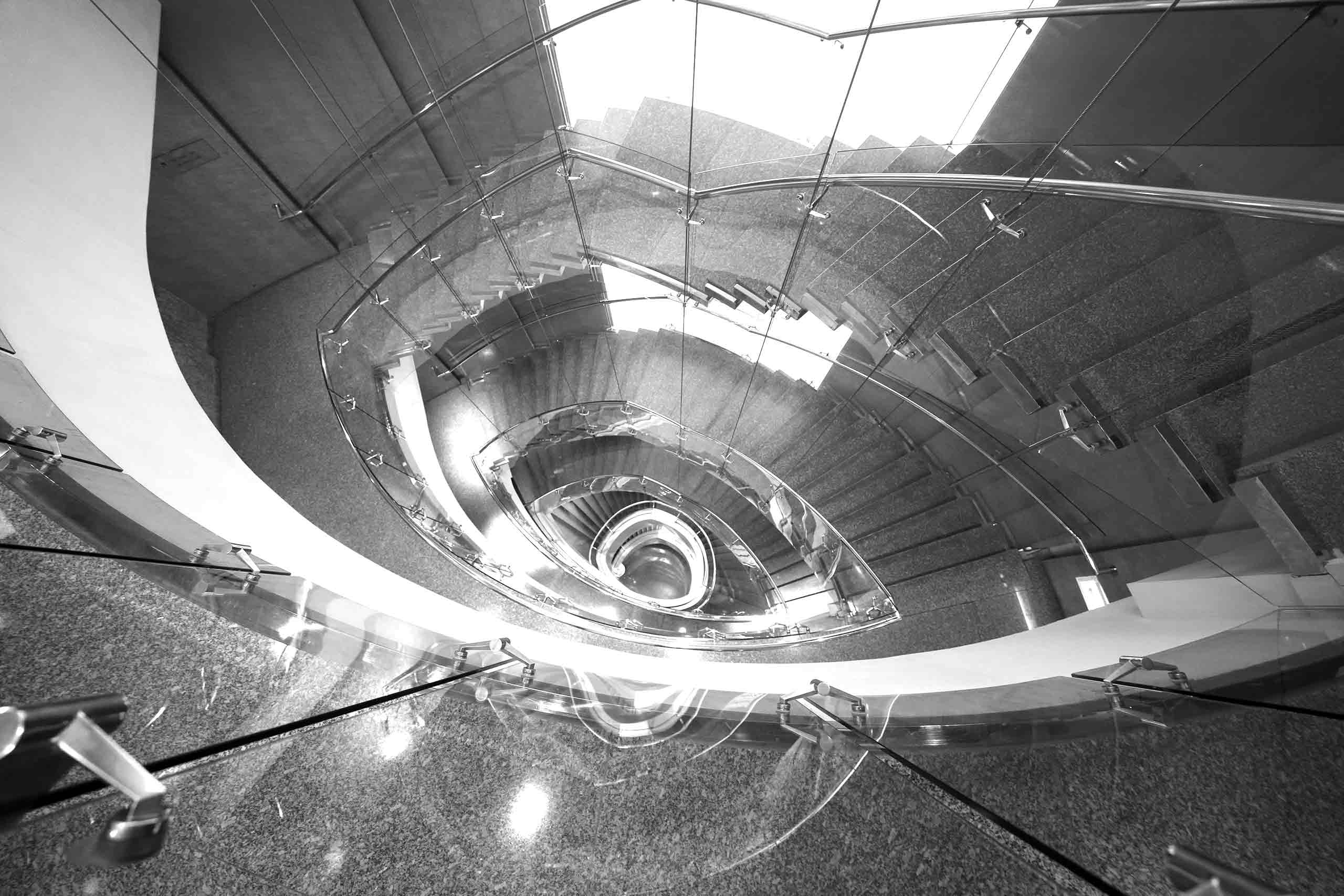Presbycusis
Presbycusis impacts about 35-40% of subjects aged 60 to 70 years, and over 50% of those aged 75 and above. It is considered to be the second most frequent disorder of the elderly, even if the selective loss of high ranged frequencies begins being of clinical importance already for those aged between 40 and 50. Some correlation with depression, cognitive decline and dementia has been shown. It is characterised by a
Acute Vestibular Deficit (AVD)
Acute vestibular deficit, also referred to as vestibular neuritis, is the sudden functional deficit or loss of one or both peripheral vestibular systems. It can be considered an idiopathic clinical condition; however, a possible viral aetiology seems to play a role. Not infrequent are the detection of neurodegenerative lesions of the vestibular nerve and of the receptor neuroepithelium. Many studies have shown the possible implication of Herpes Type 1 virus, with the
Otosclerosis
Otosclerosis is an autosomal dominant hereditary middle ear disease with variable penetrance which manifests itself with progressive hearing loss. Otosclerosis is the main cause of hearing loss / acquired deafness, a dystrophic pathology of the labyrinth capsule affecting high frequencies. It is more often unilateral but with a capacity for bilateralization in up to 75-80% of patients and is the result of an alteration of the balance of bone resorption between
Superior Semicircular Canal Dehiscence Syndrome (SCDS)
It is a condition characterized by the alteration of the labyrinthine bony capsule, inducing dehiscence in the Superior Semicircular Canal capable of creating a “third window” (also called Third Window Syndrome) in addition to the two naturally and anatomically present (Round and Oval Windows). An abnormal communication is thus formed between the perilymphatic space and the middle ear and / or the temporal bone. In SCDS there is a wide symptomatic
Clinical Bedside Examinations for the evaluation of VOR
The assessment of the nystagmus, and therefore of the VOR, is fundamental in vestibology. Being often absent as spontaneous, it must be researched by means of specific tests. An important concept is certainly that of Positioning Nystagmus, which corresponds to the pathological triggering of the Vestibulo-Ocular Reflex (VOR) as a consequence of different head positions, and that are due to alterations of the endolymphatic and labyrinthine functions in general. Whereas pathological











